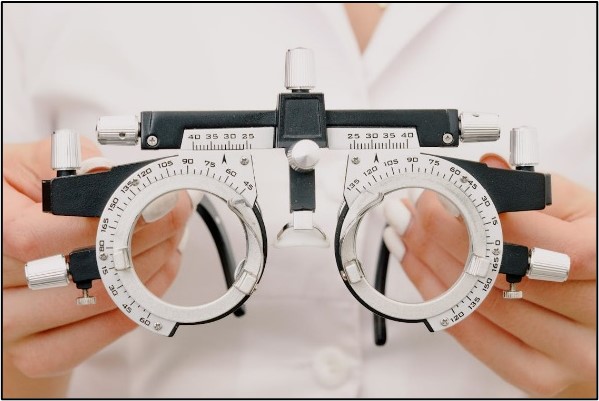
by Carrie Bauman
The first step in solving a problem is breaking it down into component pieces to gain greater clarity into the required elements. There are many moving pieces to IOL surgical and lens billings that need to be considered to successfully secure reimbursement. This blog will discuss some of these key challenges that can be addressed with AI.
Medicare and most insurance providers cover basic monofocal IOLs for cataract surgery. IOLs can be classified as standard, premium or refractive and can be further identified according to type – monofocal, multifocal accommodating, and phakic. Premium lenses, such as Toric or multifocal IOLs, are usually considered elective upgrades because they offer vision correction beyond the cataract resolution. Even though patients requiring cataract surgery may also present with myopia, presbyopia, or astigmatism that is already being addressed through corrective lenses, Medicare, and other health plans, do not generally cover refractive IOLs.
As a result, patients must find a way to cover the difference between the standard lens, any premium or refractive upgrades and any additional services they require. Patients will usually need the help of their ophthalmology practice to understand their choices and the out-of-pocket cost of each option so they can consider which are truly available to them within their budgets. The practice should obtain written consent of the patient’s lens selection along with the associated services that may be required.

IOL billing requires precise use of Current Procedural Terminology (CPT) codes and Healthcare Common Procedure Coding System (HCPCS) codes. For standard IOLs, the codes are straightforward. However, premium, and refractive lenses require additional modifiers and supporting documentation to ensure compliance and to avoid insurance carrier denials.
Codes like V2630, V2631, and V2632 differentiate between various types of IOLs, while modifiers like GY (indicating non-covered services) help identify premium IOL charges. Missing documentation and Incorrect coding can lead to denials, underpayment, and compliance concerns – adding undesirable administrative expense and risk to the ophthalmology practice which lower EBITDA or profitability.
Medicare requires strict adherence to documentation rules that separate covered cataract surgery services from non-covered refractive services. Practices must provide Advance Beneficiary Notices (ABNs) for services that are not covered by Medicare to ensure patients are aware of and consent to additional costs before care is rendered.
For private insurers, coverage guidelines vary widely, making it essential for practices to verify benefits for each patient. It is essential to discern between covered and non-covered services. Failure to correctly categorize them appropriately can result in denied claims, compliance audits, or payment recovery efforts like Medicare.

Improper billing for any medical care can raise compliance concerns. Practices must take care to ensure they are not “double dipping.” The practice of “double dipping” occurs when both the insurance provider and the patient are both charged for the same portion of a service. If this misbilling is discovered, it can lead to audits, fines, or more severe sanctions if violations of federal and state laws have occurred.
When IOL procedures are performed at Ambulatory Surgery Centers (ASCs), both organizations must coordinate to ensure the proper billing of facility fees, in addition to lens types, and additional services. ASCs typically bill separately from the ophthalmologist’s office, but both entities must stay aligned in coding and patient communication to avoid discrepancies or patient dissatisfaction.
Effective IOL billing requires ophthalmology practices involve a constellation of tasks such as technical documentation and coding skills, regulatory compliance knowledge, and price transparency and clear patient communication. Due to the ever-evolving nature of ophthalmology billing guidelines from payers, advances in clinical practice, sophisticated lens improvements and so much more, keeping track of this symphony of minutia and constant change requires technology. AI is perfectly poised to unlock the tremendous value in IOL surgery data to ensure clean medical bills and supporting documentation are promptly submitted, processed, and managed through to zero balance, ensuring the highest performing revenue cycle, predictable and cashflow.


2424 North Federal Highway, Suite 205
Boca Raton, FL 33431